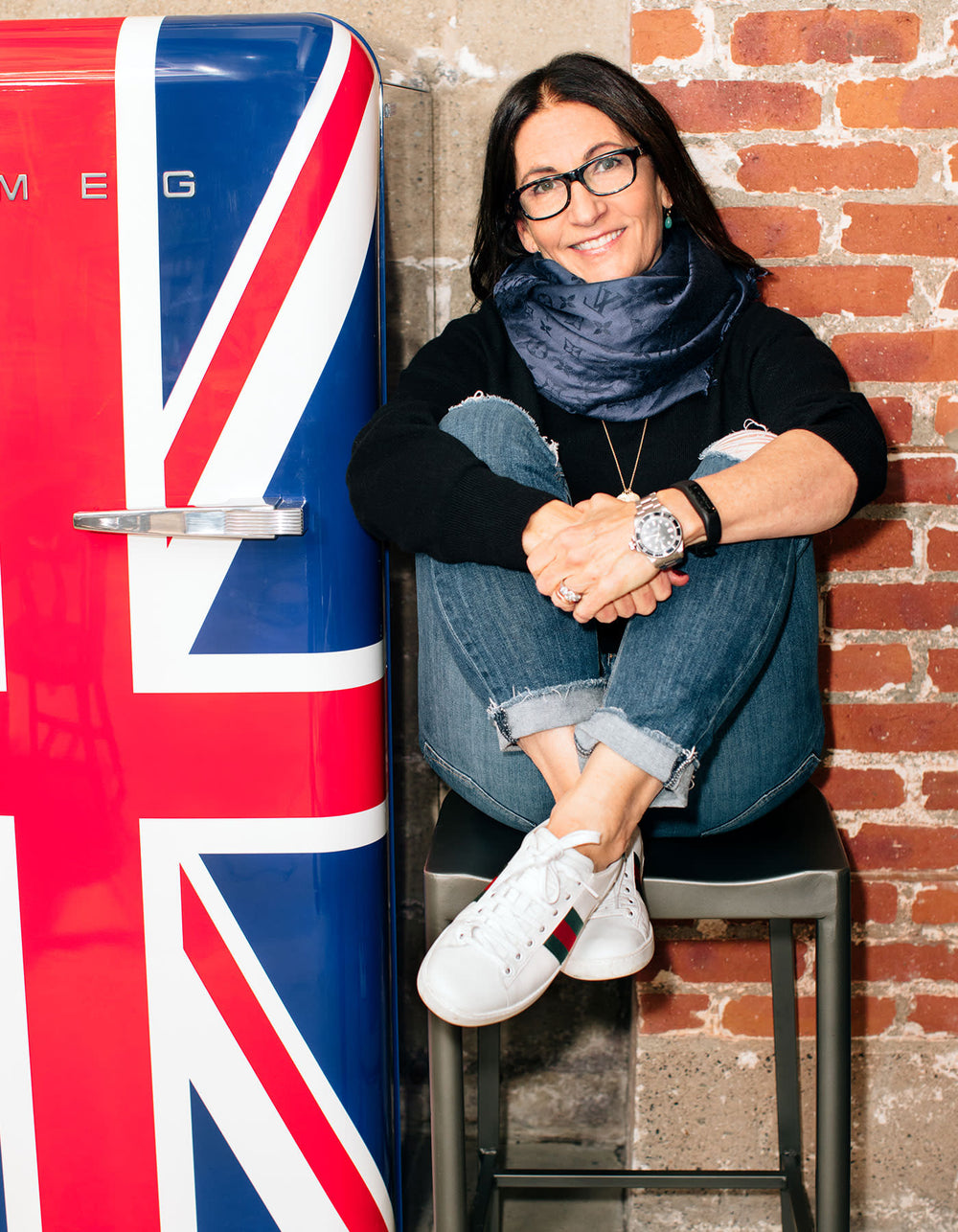Diary / Beauty / Sep 26, 2022
All About Endocrine Disruptors and Clean Beauty
Written by: Michele Ross

Endocrine disruptors. You see this term in worlds of clean beauty and wellness often—but what are they really, and how concerned should you be about them? We reached out to Dr. Sapna Shah of Paloma Health, who is board-certified in internal medicine and endocrinology, to learn more about endocrine disruptors and how to avoid them by cleaning up your daily routine.
What are Endocrine Disruptors?
“Our endocrine system is a system of glands that make and release hormones that regulate many of the body's functions,” Dr. Shah explains. Endocrine disruptors, true to the name, are chemicals that throw these hormones into disarray. As Dr. Shah continues, “Endocrine disruptors interfere with these hormone systems and may cause adverse developmental, reproductive, neurological, and immunological effects.”
Since these chemicals have the ability to negatively affect various aspects of your health and well-being, it’s important to know where they exist so you can begin to integrate healthier alternatives into your lifestyle.

Types of Endocrine Disruptors
Endocrine disruptors are often man-made chemicals that are found in everyday products that we use and ingest—think plastic bottles, detergents, food, toys, pesticides, and cosmetics. “The National Institute of Environmental Health Sciences suggests that these products may result in reduced fertility and increased progression of some diseases like obesity, diabetes, endometriosis, or some cancers,” says Dr. Shah.
When it comes to beauty and personal care products in particular, Dr. Shah cites a few chemicals of note. “Many cosmetics, lotions, hair care products, and toothpaste brands contain phthalates, triclosan, and other harmful chemicals,” she says. “These chemicals can affect the endocrine system by altering our hormones and raising estrogen to unhealthy levels.”
Other common endocrine disruptors in beauty products—including makeup, skincare, and hair products—include sodium lauryl sulfate (SLS), formaldehyde, parabens, and any number of undisclosed chemicals in synthetic fragrances.
The nonprofit organization Environmental Working Group (EWG) has shared a list of endocrine disruptors dubbed the “Dirty Dozen.” While this list of endocrine disruptors is by no means comprehensive, the EWG notes that these chemicals are among the worst and most common offenders found in food, tap water, plastics, furniture, and countless other sources we encounter on a daily basis—including cosmetics.
How to Reduce Your Risk
While endocrine disruptors can pose a range of dangers, fortunately, there are several ways in which you can reduce the risk they pose to your hormones and overall health. “Of course, it's challenging to avoid common chemicals entirely,” says Dr. Shah. “However, you can still take steps to remove some of the worst offenders from your daily life.” Here are a few tips:
- Buying organic produce and animal products when possible
- Using a high-quality water purifier or reverse osmosis filter that minimizes chemical exposure from the tap
- Reducing your use of plastics
Finally, Dr. Shah gives the green light on prioritizing non-toxic, clean beauty products. And while you don’t necessarily have to toss out your entire bathroom shelf and start from scratch—after all, endocrine disruption occurs with consistent, long-term chemical exposure—you can take steps to ensure that your next beauty hauls are safer.

Clean Up Your Beauty Routine
When it comes to creating a new and improved clean beauty routine, here are some top tips and FYIs to keep in mind:
- The terms “clean beauty” and “clean skincare” aren’t federally regulated. For that reason, it’s up to us as consumers to do extra research before making a purchase. For instance, be sure to scan ingredient lists for endocrine disruptors listed above. (Note: Many of these chemicals have different names and varieties, so it’ll serve you to be extra diligent.)
- For extra assistance, you may wish to look up product safety ratings for a range of cosmetics and household items on EWG’s Skin Deep database or the Think Dirty app.
- Consult Credo’s Dirty List, which has an expansive list of over 2,700 chemicals that are linked to endocrine disruption, sensitivities, and toxicity to your body and the environment. (PS: Bobbi made sure to formulate all Jones Road products so that they comply with Credo’s comprehensive standards for clean beauty.)
As risky and common as endocrine disruptors are in our day-to-day lives, you can slowly but surely work your way to a cleaner beauty routine and a safer wellness regimen by integrating these tips starting today.













































 Miracle Balm
Miracle Balm
 Just Enough Tinted Moisturizer
Just Enough Tinted Moisturizer
 What The Foundation
What The Foundation


